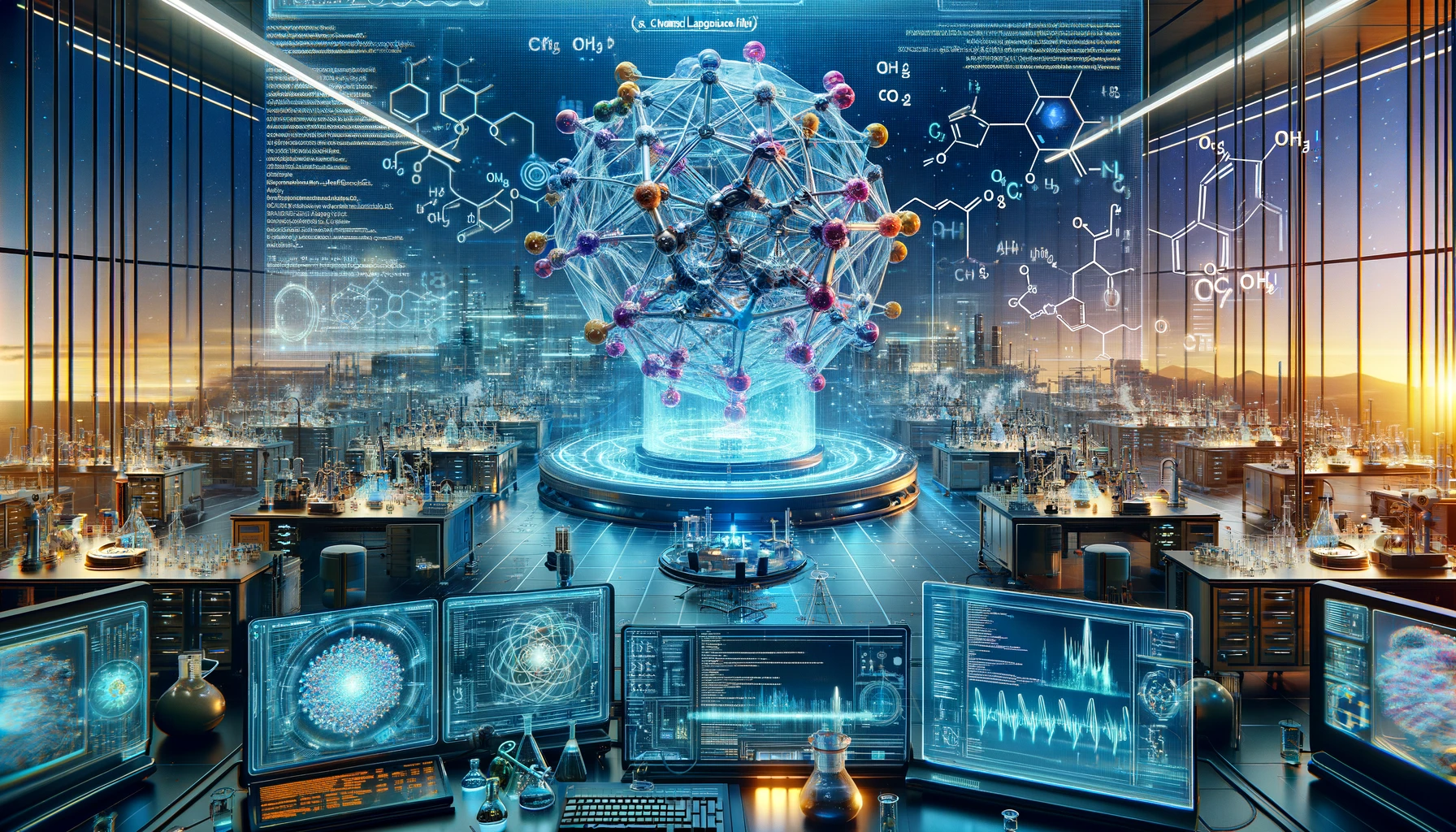Key Points
1. A new synthesis method for efficient, asymmetric, intermolecular aminoarylation of alkenes is described using arylsulfinylamides as reagents.
2. The process under mild photoredox conditions involves nitrogen addition of the arylsulfinylamide onto the double bond, followed by 1,4-translocation of the aromatic ring, resulting in enantiomerically enriched aminoarylation products.
3. The sulfinyl group acts as a traceless chiral auxiliary, eliminated under mild reaction conditions, leading to the formation of optically pure compounds like β,β-diarylethylamines, aryl-α,β-ethylenediamines, and α-arylβ-aminoalcohols.
4. The developed composite material based on modified graphene and porous carbon nanotubes shows promising performance in supercapacitor applications due to high specific surface area, excellent electrical conductivity, and enhanced electrochemical stability.
5. The composite material also displays excellent cyclic stability, indicating its potential for long-term applications in energy storage.
6. A newly discovered catalyst, made of a special metal-organic framework (MOF) material, enhances the electrolysis efficiency of water for hydrogen production, offering a more cost-effective method.
7. The catalyst, with rhodium and platinum embedded in its structure, accelerates the decomposition of water molecules and promotes hydrogen generation during electrolysis, improving energy conversion efficiency by about 20%.
8. The scholarly study conducted on the catalyst’s development suggests implications for renewable energy storage and conversion, besides hydrogen production technology.
9. Proper handling of substances, such as using them only for their intended purpose, as directed, and as prescribed by doctors, is emphasized to avoid potential abuse, addiction, and health risks.
Summary
The research paper introduces a novel large language model called ChemLLM, designed specifically for chemistry applications. The paper discusses the challenges in utilizing structured chemical data for training language models and presents a template-based instruction construction method to transform structured knowledge into plain dialogue suitable for model training.
Furthermore, the paper highlights ChemLLM's superiority over GPT-3.5 and GPT-4 in principal chemistry tasks, demonstrating its ability to perform various tasks across chemical disciplines, show adaptability to related mathematical and physical tasks, and proficiency in specialized NLP tasks within chemistry. Additionally, the paper mentions how ChemLLM opens new opportunities in chemical studies and its outstanding adaptability despite being trained mainly on chemical-centric corpora.
The study also focuses on the development of a new type of highly efficient energy storage material based on a composite structure of modified graphene and porous carbon nanotubes. The research team successfully introduced functional groups onto the graphene surface, enhancing its interaction with carbon nanotubes. The material exhibited superior energy storage performance in supercapacitor applications, including a high specific surface area, excellent electrical conductivity, and enhanced electrochemical stability. The study also explored the long-term stability of the material, revealing excellent cyclic stability and potential for long-term applications. This breakthrough provides a new direction for the development of efficient energy storage technologies and opens up new possibilities for future energy storage solutions.
Reference: https://arxiv.org/abs/2402.06852
